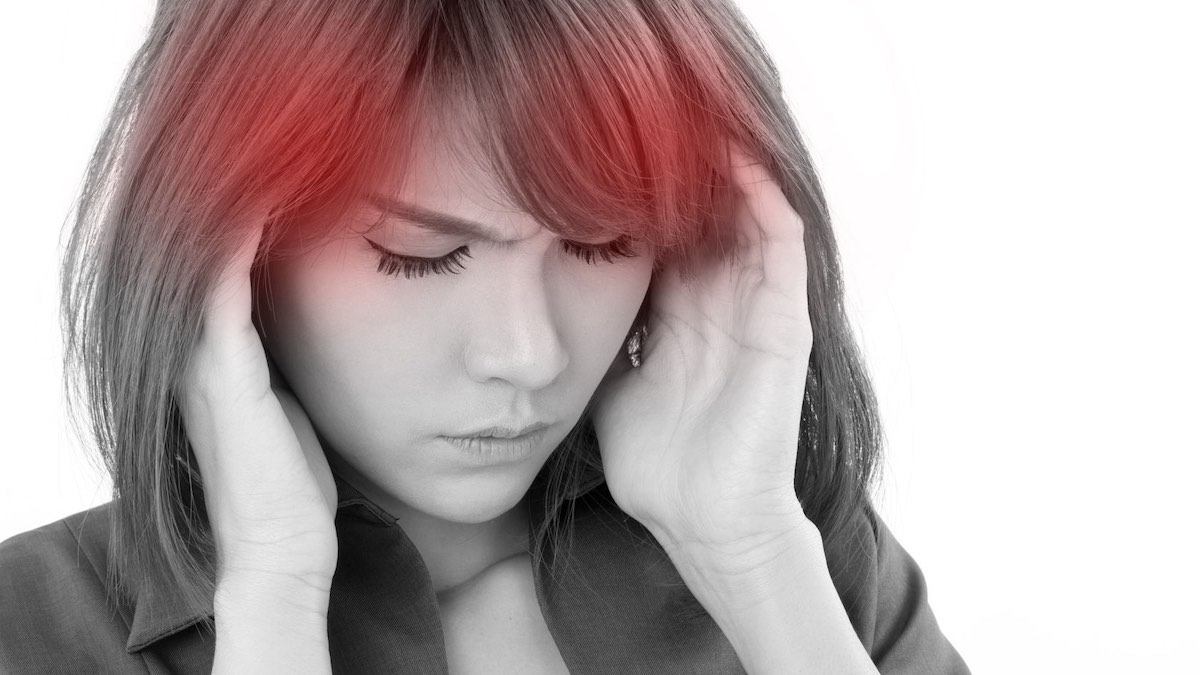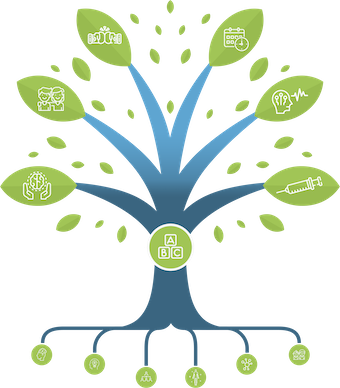Hormones and migraine: a trigger and a treatment?
Author: Alexander Melinyshin, MD, FRCPC, Headache Fellow
Why do women suffer from migraine more often than men?
According to a study published in The Lancet, approximately one billion people on the planet have Migraine (2012; 380, 2163 – 2196).
Migraine affects women more than men at a ratio of roughly 3:1! What accounts for this difference? One factor identified is the difference in hormones, the chemical messengers that regulate everything in our body from stress, sleep, and hunger to blood chemistry and reproduction (and more!). Many women have recognised that the time around menstruation, or “getting your period” is a clear trigger for their migraines, coinciding with a surge in certain hormones. But what if the right hormones in the right amount could be used to preventheadaches?
At the recent American Headache Society Meeting in Scottsdale, Arizona, Doctor Anne H. Calhoun, MD, FAHS, a Professor in the Departments of Anesthesiology and Psychiatry at the University of North Carolina presented a talk on the use of Hormonal Interventions for Migraine.
Why does menstruation trigger migraines in 2/3 of women?
Menstrually related migraine (MRM) seems to time with the late luteal phase of the cycle, when there is a decline in estrogen. When estrogen concentrations fall, this dampens the serotonin system in the brain, which is important in the generation of migraine headaches. It also results in a rise in many chemicals that promote inflammation and pain (for example CGRP, the target of many new migraine drugs currently entering the market). This can also happen with oral contraceptives, when you take the sugar pill; a study by Sulak et al.in 2000, showed in a large group of women taking oral contraception that when they were off of the active pill, up to 40% experienced some kind of headache!
Can we use hormones to decrease migraine frequency?
Dr. Calhoun suggests that in order to eliminate MRM, we need to target the menstrual drop in estrogen. This could be done either by using continuous combined hormonal contraceptives (CHCs) that inhibit ovulation or by providing “top-up” estrogen “cushions” during scheduled withdrawal bleeds (i.e. when on the sugar pill). She presented her research on tackling MRM using CHCs (Calhoun et al., 2007). Patients in the study kept diaries recording their bleeding episodes and headaches, and a separate menstrual week (MW) headache index was calculated and compared to non-MW headache measurements. She determined the hormonal prophylaxis to be effective if the MW headache index was less than the non-MW headache index.
Benefits of hormonal prevention observed:
- Increased reversion to episodic migraine (59% vs. 18%, p<.001)
- Resolution of medication overuse (54% vs. 20%, p<.001)
- Decreased consumption of medications (triptans, opioids, all acute agents and migraine preventive medications)
Doctor, am I at risk for stroke if I have migraine and take contraceptives?
Many doctors are concerned about the risk of hormones and ischemic events like stroke or heart attack. A Cochrane Review in 2015 examined CHCs and the risk of these outcomes. It found that users of combined hormonal contraception were not at increased risk of ischemic stroke or heart attack, with the exception of those using high-dose CHCs (which only make up less than 1% of CHC prescriptions). We will address the risk of these events in the patients with aura in a separate post. CHC has the potential to help many women lessen the burdens of their migraines and improve the quality of their lives. It is important to note that currently, no combined hormonal contraceptive (CHC) or estrogen is approved for prevention of migraine; this use would be considered “off-label”.
To learn more, check out these references and resources:
Calhoun A, Ford S. The attributable impact of menstrual related migraine on headache chronification and medication overuse. International Headache Congress, June 2007, Stockholm.
SulakPJ, Scow RD, PreeceC, et al. Hormone withdrawal symptoms in oral contraceptive users. ObstetGynecol.2000;95:261-266.
Calhoun AH. Adjusting estradiol concentrations decreases headache frequency and severity in female migraineurs. Cephalalgia. 2001;21:448-449.
Mannix LK, Calhoun AH. Menstrual migraine: a treatment strategy. The Female Patient. 2001;26(9):35-40.
Calhoun AH. A novel specific prophylaxis for menstrual-associated migraine. South Med J. Sep 2004;97(9):819-822.
Roach RE.J., Helmerhorst FM, Lijfering WM., Stijnen T, Algra A, Dekkers OM. Combined oral contraceptives: the risk of myocardial infarction and ischemic stroke. Cochrane Database of Systematic Reviews 2015, Issue 8. Art. No.: CD011054. DOI: 10.1002/14651858.CD011054.pub2
Categories
THE MIGRAINE TREE
- BRANCHES
- ACUTE TREATMENTS
- DEVICES AND NEUROMULATIOIN
- PREVENTIVE TREATMENTS
- PROCEDURES AND INJECTIONS
- SELF-CARE AND LIFESTYLE
- SOCIAL LIFE
- TRUNK
- ROOTS
OTHER CATEGORIES




